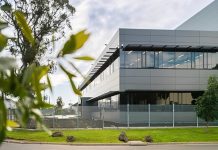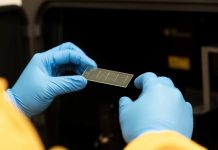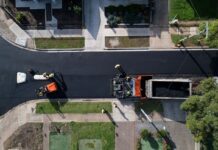The Federal Government has identified Napandee, near Kimba, South Australia, as the preferred site for a new radioactive waste management facility, which will support the ongoing development of Australia’s nuclear medicine and research industries.
Minister for Resources, Water and Northern Australia Keith Pitt said the National Radioactive Waste Management Facility would be a permanent facility, where the country’s low-level radioactive waste will be disposed of and then monitored over several hundred years.
He said intermediate level waste would also be temporarily stored at the facility.
“The waste that will be managed at the facility is from the production of nuclear medicine (such as gloves, gowns and flasks) and from research activities,” the Minister continued.
“After four years of detailed, thorough, and transparent consultation, we have found a suitable site for this facility near Kimba, South Australia.
“The site is technically suitable and the facility is broadly supported by the community.”
Australia’s radioactive waste is stored in more than 100 locations around the country, including temporary facilities at ANSTO’s Lucas Heights campus that will start reaching capacity from 2026.
Mr Pitt said Australia needs a better solution to safely consolidate this waste, which has been accumulating for over 70 years.
“Without it, valuable space at ANSTO will continue to be taken up, and they will have to divert more and more resources away from research and innovation and towards waste management,” the Minister added.
Minister Pitt also played down concerns that the facility could have a negative impact on agriculture.
“Firstly, the land where this facility to be sited is of marginal agricultural value, we are talking about 160 hectares out of 8.14 million hectares of agricultural land in South Australia,” he said.
“Secondly, we know that internationally, radioactive waste management facilities have existed side-by-side in agricultural communities for decades with no negative impact.
“The countries we sell grain to have nuclear programs, as do the other grain producers in the international market.
“And further, we have specifically dedicated part of the site for agricultural research and development and will continue to work with the local agricultural industry.”



















